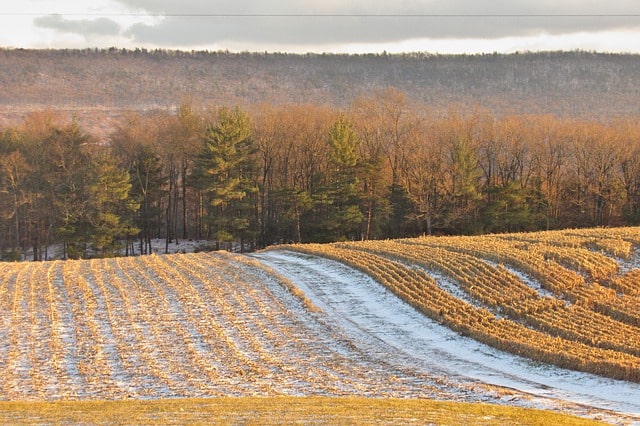It’s bitterly cold in January, lots of rain and snow in February, March turns cold again and April starts with more rain and snow. It’s human nature to experience that weather and believe spring may never arrive and planting will be delayed. This “late spring” mentality creeps into farmers and ag businesses almost every year. It pushes back preparations and can create unnecessary stress.
According to Iowa State University, farmers in Iowa can plant up to 1.4 million acres of corn per day. Planting at speeds of 10 miles per hour with 24 to 48-row planters allow farmers to cover more acres faster than ever before. Additionally, the average planting date has crept earlier as improved seed quality and seed treatments allow farmers to plant in cooler soils. Research has also shown that high yields are well correlated to earlier planting dates. Farmers are pushing the planting conditions, regardless of the weather, to take advantage of as much sunlight as possible and to maximize farm profit.
This all means that when it’s time to roll, everyone needs to be ready. Ensuring your preparations are done as early as possible will help you eliminate the late spring mentality and be best positioned to have a smooth, timely and successful spring.
This year was a great example of late spring mentality in the Midwest. Snow blanketed much of Illinois in mid-April, yet planters were rolling about a week later. Farmers and ag businesses that fought off the late spring mentality and had prepped their equipment in freezing cold temperatures and shipped their products through blizzards reaped the rewards by being ready for a normal spring start. Those who prepared as if it would be a late spring weren’t able to react as quickly when the weather turned. This created unnecessary inefficiencies and pressure on their operation and supply chains.
Eliminating the late spring mentality will ensure you are properly prepared for the rush of planting season. Your equipment checks will be completed, your seed and chemicals will be on site and you’ll be ready to roll as soon as conditions are fit. It might well be a late spring in your area, but always preparing for an early spring will ensure you’ll be ready to go no matter what the weather throws your way.








